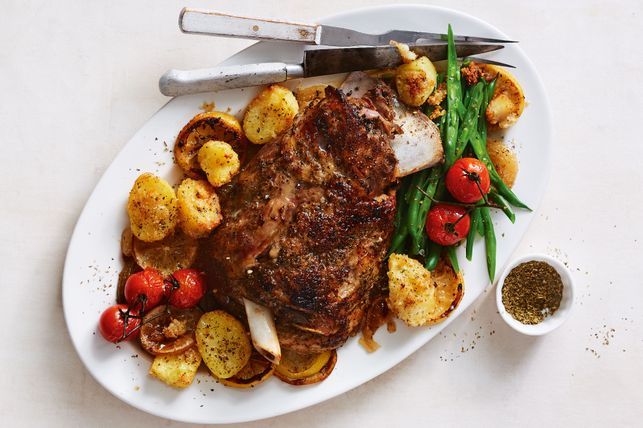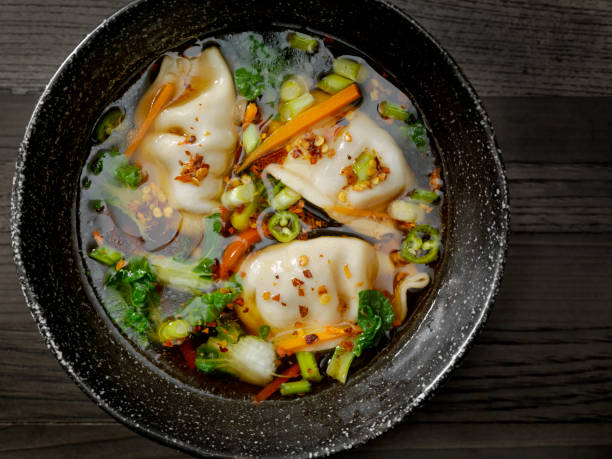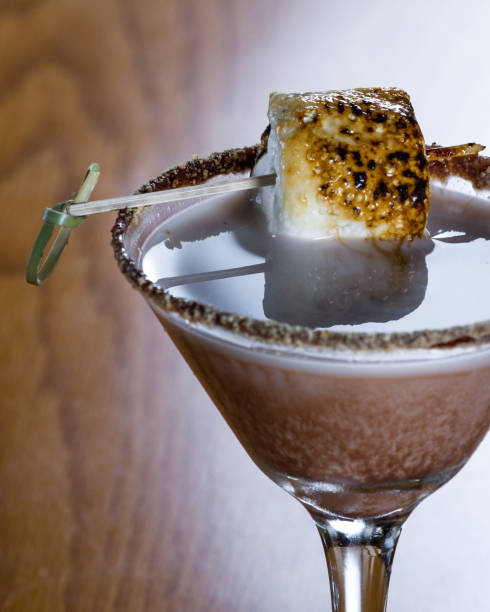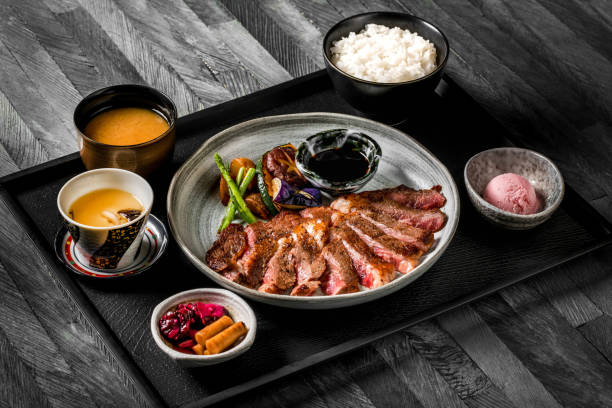What’s Australian food?
A Cook’s Journey
In 1788, the First Fleet arrived in Sydney with food supplies, including butter, flour, sugar and meat. They hoped to plant food upon their arrival. They arrived in Sydney Harbour and found the soil was very poor. They moved west to Parramatta to start farms. They traded their rough offerings for bush tucker, but the European palate couldn’t take this new food and rely on ships for food. Flour was a staple food, often baked into bread or damper. Salt-preserved meat was used, while apples were worm-enriched. Tea was the preferred beverage, aside from rum, still widely used.
Many of our early explorers clung to ship-borne rations for their survival, despite the fact that they were unable to resist. Research on the traditional Aboriginal hunter/gatherer diet has shown it to be very nutritious. Today, many bush foods such as quondong and lemon myrtle are popular, appearing on menus all over the globe.
Gruel Brittania
British and Irish cuisines heavily influenced early Australian food traditions. Our meat-and-three-vegetable dinner regime, hearty puddings and fondness for tea and beer came from our Anglo-Celtic forebears.
Mmm…meat
The rise of Australia to prosperity in the 1900s can be described as “riding on the sheep’s back”, since farm exports drove our economy. Despite people moving to cities, Australia still had strong rural traditions. People used to eat meat as part of their farming lifestyle. Large amounts of meat were the dominant part of Australian dinner plates. It is now known that vegetables, grains, and legumes are essential for a healthy diet.
Multicultural melting pot
Asian cuisine was first introduced to Australia in the 1800s during the gold rush, when Chinese prospectors craved the familiar tastes of their homeland. Opening a restaurant became a more financially attractive option for many Chinese people than panning for gold. After World War II, the real cultural revolution in food when Australia opened its doors to European immigration. We’re pretty blasé about everything, from ordering pizza or eating garlic bread to choosing from the many European foods available at the supermarket deli.
In the 1980s, there were more Asian immigrants. Nearly every suburb has a Thai or Chinese restaurant. Australia’s melting pot of nationalities has resulted in a stunning array of cuisines.
Need it-now
The 1960s and 1970s saw a rise in women working, which meant major changes to the family dinner table. No longer were hours spent shopping for and cooking meals from scratch a possibility. Convenience foods have become a necessity. From vegetables to complete meals, all kinds of frozen foods became household staples. In the 1980s, more people could afford to eat out regularly because of economic prosperity. We eat out more every year because of convenience.
Café society
Australia’s favorite hot beverage was tea, even before the post-war European migration. However, our new settlers were craving strong espresso coffee from home. Instant coffee is now a staple in many households, while espresso coffee is easily available. Cappuccino coffee was traditionally served as a breakfast beverage in Italy. However, it is a popular choice here in Australia.
The new wellness revolution
The obesity epidemic has brought more attention to diet and lifestyle than ever before. People expect food to improve their quality of life, help them live longer, fight common diseases, and make them feel and look better. Functional foods, which are food that has health benefits beyond their nutritional content, will be more popular. For example, Yakult probiotic drinks can be used to lower cholesterol.
Our food, health and future
While Australia is blessed with a wide variety of healthy, ‘clean and natural’ foods (which have very low or no farming chemical residues), many of our society’s diseases are preventable. There are many healthier food choices, but it is not always easy to find the right balance between work and life. The way we live has changed drastically. Being physically active is no longer something that happens automatically. Your future health is dependent on you making your wellbeing a priority, and choosing the healthier option as often as you can.
Traditional Australian food
The Anzac biscuit
ANZAC (Australian and New Zealand Army Corps biscuits) were developed as a nutritional supplement for soldiers in World War I. The Anzac biscuit was made to withstand long sea voyages.
Lamingtons
This delicious chocolate and coconut-cake-like wonders are named after Lord Lamington, the governor of Queensland, between 1895 and 1901. He wore a homburg-like hat. Yes, it was his name.
Pavlova
While some New Zealanders claim the dessert is theirs, Herbert Sasche, an Australian chef, is believed to have made it in honour of Anna Pavlova’s 1935 visit to Australia.
Barbecues
The barbecue is one of our favorite cooking methods. It’s a long-held love affair with meat, great weather, and the outdoors. This makes novelty aprons for guys a huge hit.
Vegemite
This well-loved spread was created by Dr. Cyril Callister, a Melbourne scientist. He wanted to make use of the yeast that had been leftover from beer production. After some initial reservations, Australians quickly took to heart the tar-like paste.
Meat pies
We have taken the meat pie from its British roots and made it our own. The modern-day pie is healthier and has less saturated fat, salt, and kilojoules.
What’s the typical Australian dish?
The average Australian meal will be inspired by cuisines from all corners of the globe. Most popular are Middle Eastern, Asian and Mediterranean flavours. You’ll find it in almost all Australian homes, whether it’s stir-fry noodles, Indian curry or felafel, and it will be on the menu.




